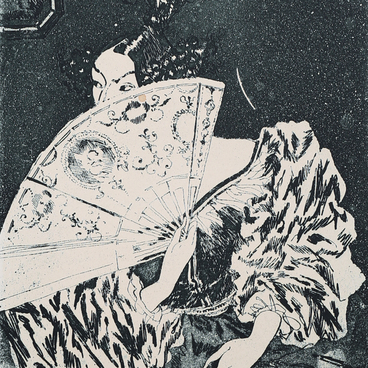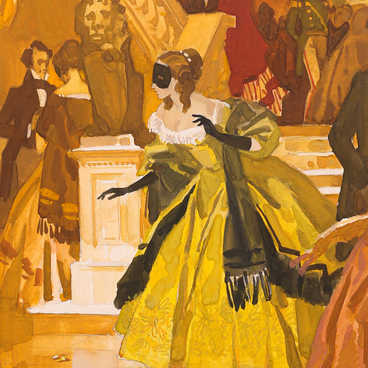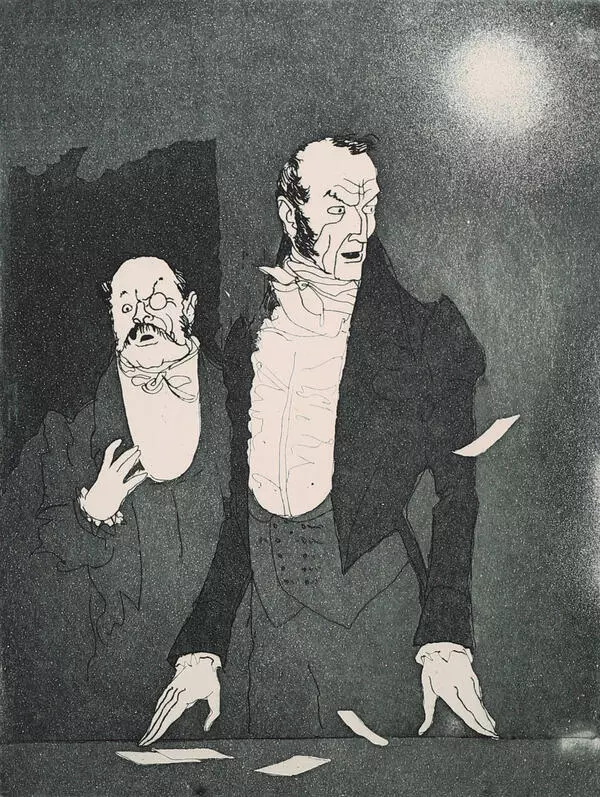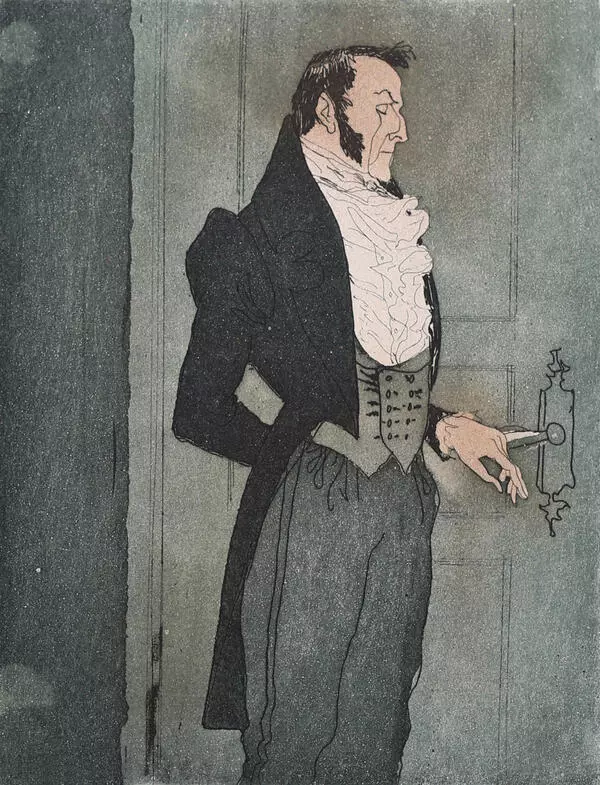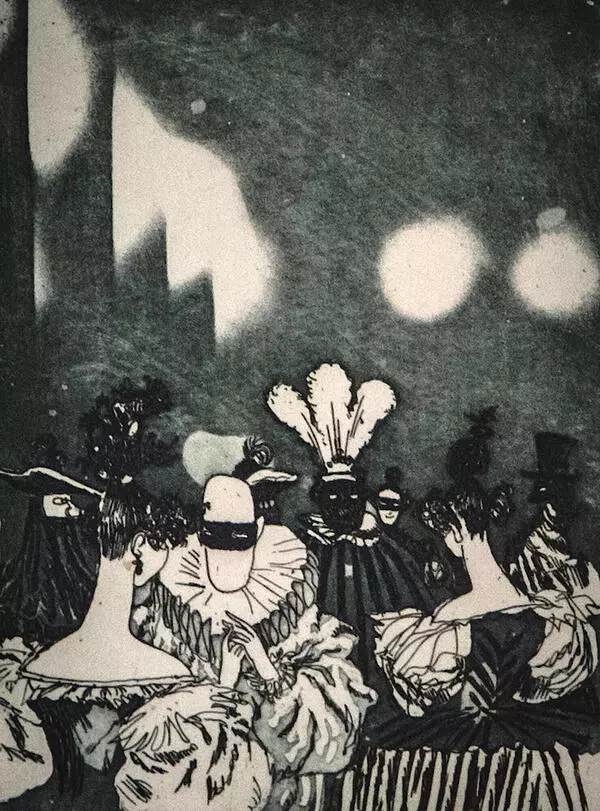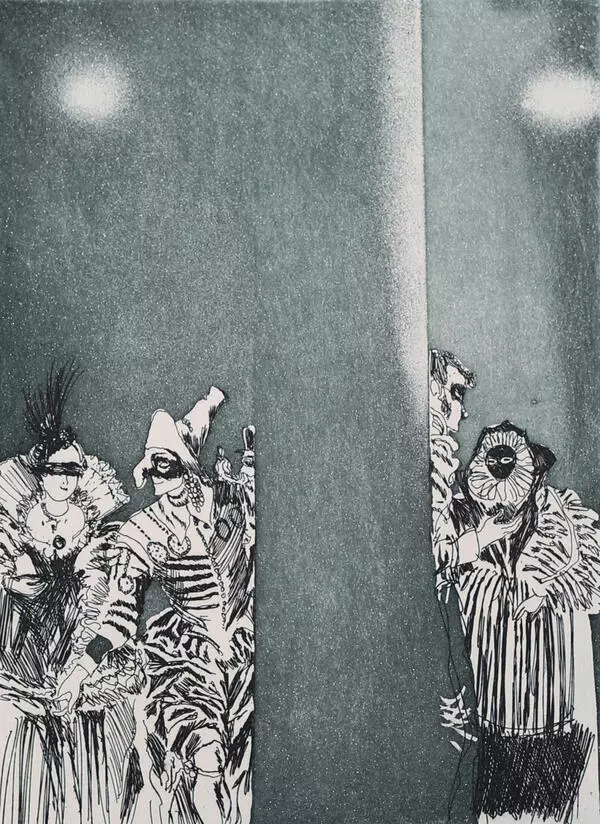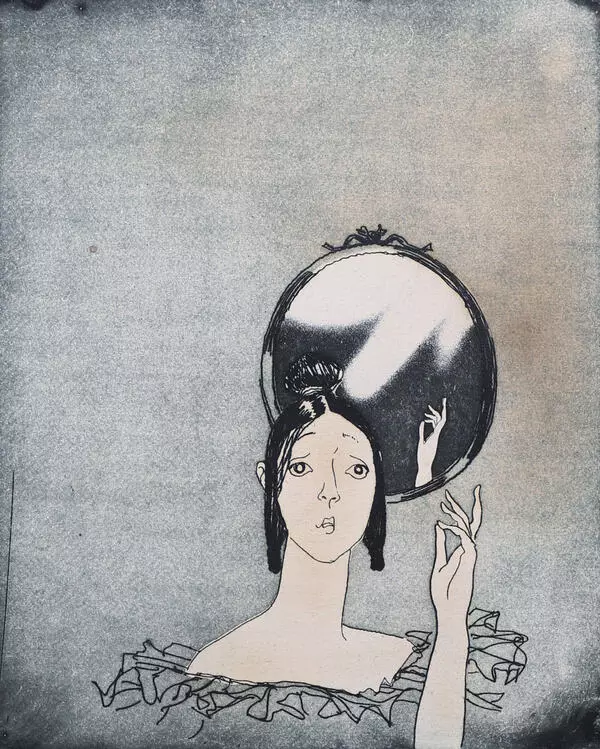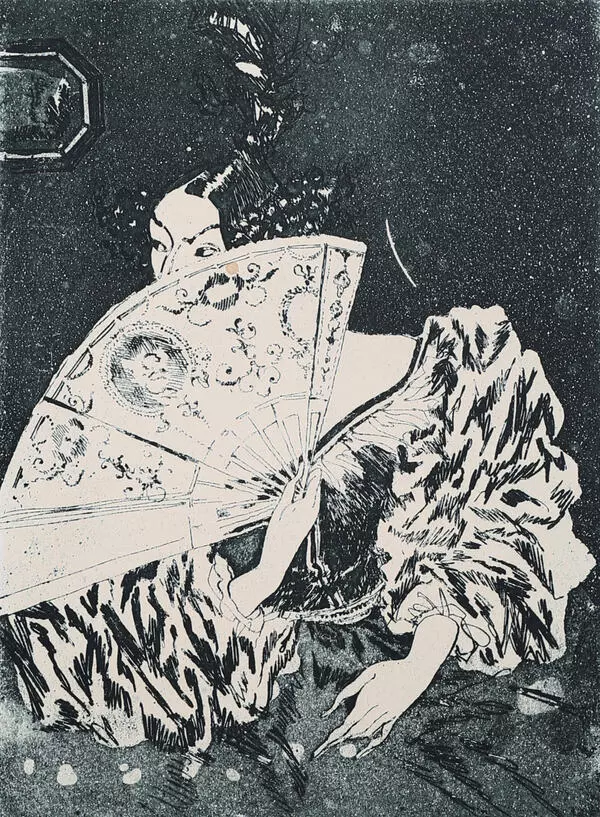The graphic artist and illustrator Svetozar Alexandrovich Ostrov was born in a family of artists in 1941 in Leningrad. He studied at the Leningrad Secondary Art School, then graduated from the graphics department of the Repin Leningrad Institute of Painting, Sculpture and Architecture.
The artist made illustrations for the play “Do Not Part with Your Beloved” by Alexander Moiseyevich Volodin, which was published in the “Neva” magazine. In the second half of the 1960s, there were several more books illustrated by Ostrov.
They included “A Boy with Paints” by Vladimir Karpovich Zheleznikov published in 1966, “Magic Feathers of Ararachis” by Alexander Vladimirovich Yakubenko in 1967, “Blade of Urenga” by Serafima Konstantinovna Vlasova, “Poems. Fairy Tales. Riddles” by Lydiya Alexandrovna Preobrazhenskaya, as well as the science fiction anthology “The Invasion of Perseus” in 1968, and the story “Ruffe Know-It-All” by Nikolay Danilovich Sidorov in 1969. In total, Svetozar Ostrov illustrated over 200 books.
Svetozar Ostrov is considered to be a successor to the long-established traditions of the Lebedev school and the Detgiz Publishing House in Leningrad. This, coupled with Ostrov’s skill, charm, broadmindedness, and humor constitute his individual, bright and independent style.
The etching portraying Baroness Strahl has a vertical composition. The woman’s waist-length profile is turned to the right side of the artwork, hiding her face.
The Baroness is shown wearing a pelerine — a sleeveless cape that covers the shoulders. Her hands, raised to the chest, have light-colored gloves on them, and her head is crowned with a poke bonnet — a women’s headdress that combined the features of a cap and a hat. Svetozar Ostrov complemented it with ribbons and feathers. The brim is lowered down covering the eyes and part of the character’s face. Behind her is the stylized interior scene.
Baroness Strahl is one of the central characters in the drama. She serves as the embodiment of the most characteristic aspects of the morality and psychology of the upper class. The Baroness has a good and subtle grasp of the reality around her, and most of all she is concerned about her reputation, however, in the end, she finds herself influenced by a sincere and strong feeling and is ready to make sacrifices.
The artist made illustrations for the play “Do Not Part with Your Beloved” by Alexander Moiseyevich Volodin, which was published in the “Neva” magazine. In the second half of the 1960s, there were several more books illustrated by Ostrov.
They included “A Boy with Paints” by Vladimir Karpovich Zheleznikov published in 1966, “Magic Feathers of Ararachis” by Alexander Vladimirovich Yakubenko in 1967, “Blade of Urenga” by Serafima Konstantinovna Vlasova, “Poems. Fairy Tales. Riddles” by Lydiya Alexandrovna Preobrazhenskaya, as well as the science fiction anthology “The Invasion of Perseus” in 1968, and the story “Ruffe Know-It-All” by Nikolay Danilovich Sidorov in 1969. In total, Svetozar Ostrov illustrated over 200 books.
Svetozar Ostrov is considered to be a successor to the long-established traditions of the Lebedev school and the Detgiz Publishing House in Leningrad. This, coupled with Ostrov’s skill, charm, broadmindedness, and humor constitute his individual, bright and independent style.
The etching portraying Baroness Strahl has a vertical composition. The woman’s waist-length profile is turned to the right side of the artwork, hiding her face.
The Baroness is shown wearing a pelerine — a sleeveless cape that covers the shoulders. Her hands, raised to the chest, have light-colored gloves on them, and her head is crowned with a poke bonnet — a women’s headdress that combined the features of a cap and a hat. Svetozar Ostrov complemented it with ribbons and feathers. The brim is lowered down covering the eyes and part of the character’s face. Behind her is the stylized interior scene.
Baroness Strahl is one of the central characters in the drama. She serves as the embodiment of the most characteristic aspects of the morality and psychology of the upper class. The Baroness has a good and subtle grasp of the reality around her, and most of all she is concerned about her reputation, however, in the end, she finds herself influenced by a sincere and strong feeling and is ready to make sacrifices.


